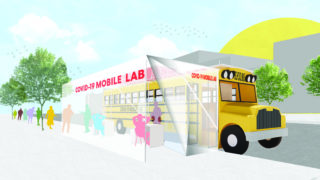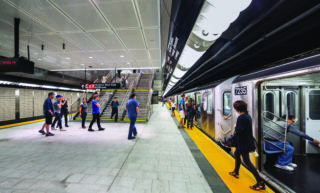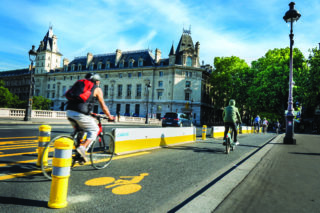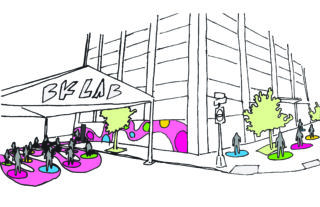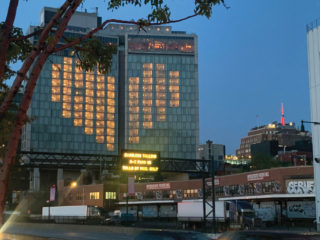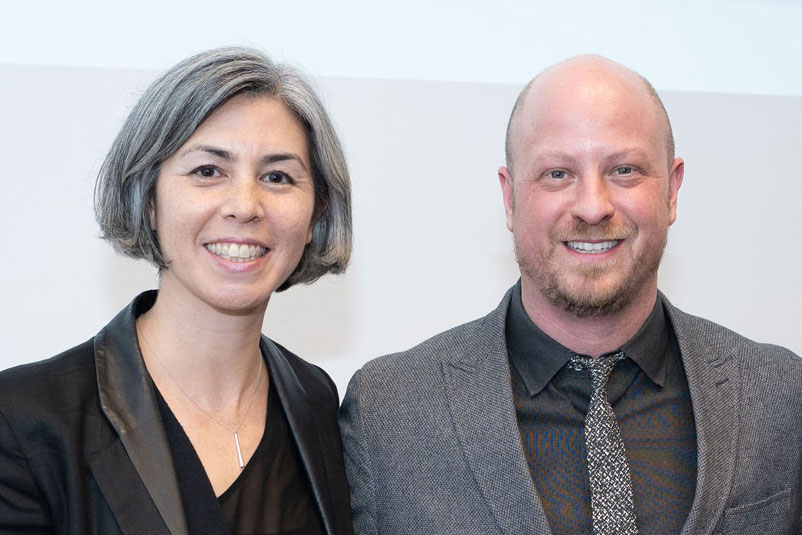
Since the last issue of Oculus was sent to print, the world as we know it—at home, at work, in our neighborhoods, and beyond—has been radically disrupted.
COVID-19, with its unprecedented death toll and attendant economic collapse, has exposed the fragility of much of our way of life—our public health system, strained to the brink by the pandemic; our social circles; our employment and places of work; and our public space and public infrastructure systems.
The pandemic has also underscored long-standing structures of racial inequality in our society, brought violently to light by the brutal murders of George Floyd, Breonna Taylor, Ahmaud Arbery, and countless others. Loud, inspiring calls for a collective awakening to the realities of racial injustice have flooded our cities, as thousands have taken to the streets in support of Black Lives Matter.
As we move from pandemic to protest and reopening, there is much uncertainty. It is clear that we are experiencing a city in crisis, in terms of public health, the economy, the environment, and equity. These issues force us to question basic tenets of city life, as city dwellers, citizens, and architects. How do our spaces need to evolve?
Our public space has become contested ground: How do we gather, and how do we move around our city at a time of pandemic and protest? How do we accommodate the expansion of vehicular traffic, parks, and outdoor dining, and also our citizens’ constitutional right to demonstrate under these circumstances?
As architects, we are used to quickly jumping into our roles as problem solvers. However, as we prepare to address these issues, we invite our community to step back and take stock. Now is the time to ask hard questions of ourselves and of our profession. Too much has gone inadequately examined for too long.
How has our profession failed to meaningfully address racial inequality in its history, and why?
What are our levers of greatest influence for good?
What is an architect’s unique responsibility at this time?
How will, and how should, our profession adapt to these changing times?
People pursue architecture to make the world a better place in which to learn, work, socialize, and live. We strongly believe in the power of designers to help reshape our world. But we know that the ways in which we engage communities and design must evolve.
At the time of publication, the staff, board of directors, and many members and constituents of the organizations in the AIA New York Chapter are probing these questions and more. We will be collecting suggestions, ideas, and criticism from members and our broader community. We invite you to join us in this work—which will take much of our collective time and effort—and to see this as an opportunity to reenvision our city, together, as a place that is inclusive and just for all.









